Written by Dr Belle Alderman AM, Director, National Centre for Australian Children’s Literature Inc
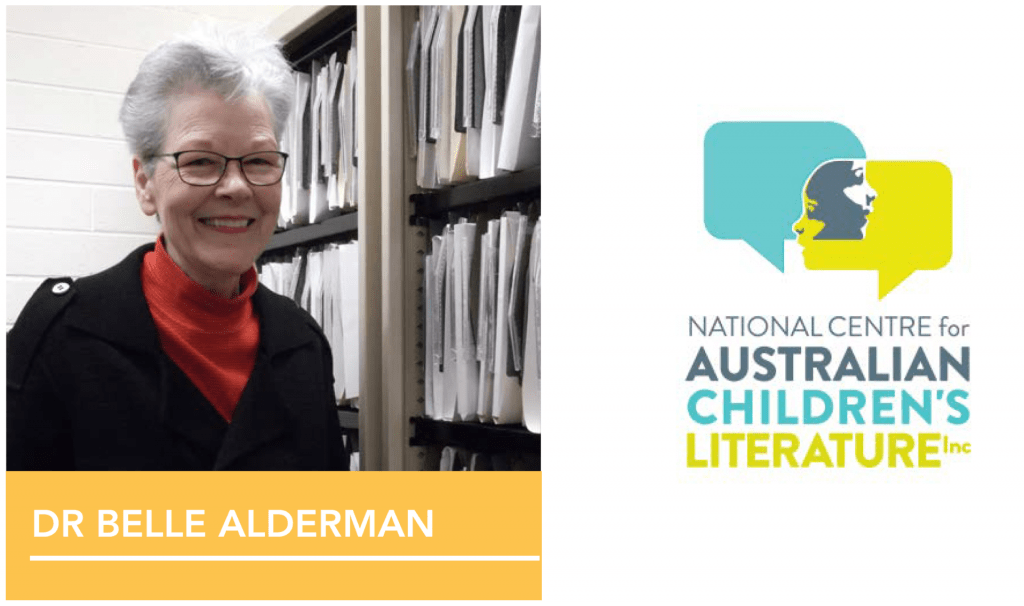 THE PROJECT
THE PROJECT
The National Centre for Australian Children’s Literature (NCACL) launched its Aboriginal and/or Torres Strait Islander Peoples Resource on 22 July 2020, completing a 12-month project funded by the Australian Government, Department of Education, Skills and Employment. We aim to:
- create a freely available, online database of children’s books by and about Australian Aboriginal and/or Torres Strait Islander Peoples;
- encourage Aboriginal and Torres Strait Islander children to be engaged in their learning through increased cultural understanding;
- provide a resource that supports incorporating Aboriginal and Torres Strait Islander cultures into learning environments;
- map books against the Early Years Learning Framework and the Australian Curriculum;
- offer teaching resources related to these books to support children’s learning;
- enhance the quality of culturally appropriate Aboriginal and Torres Strait Islander learning activities; and
- support teachers to integrate contemporary and traditional Aboriginal and Torres Strait Islander culture into their work with children.
Our project coincides with the need and the right environment for this Resource. Movements around the world are highlighting the importance of #OwnVoices to create books. Publishers are ramping up their publishing programs of children’s books to reflect a wider diversity of voices. Grants, fellowships, mentorships and awards in this area have increased. At the same time, organisations are prompting individuals from wide-ranging backgrounds to participate in story making. Initiatives like the Spinifex Writing Camps, developed by the Indigenous Literacy Foundation, are bringing together published children’s writers and illustrators to work with Aboriginal children in communities across Australia. Initiatives such as these encourage youthful voices to write and illustrate their own stories. The NCACL Resource reflects these changing times.
This project reflects expanding publications in this area. Recent publishers like Children’s Ground and the Indigenous Literacy Foundation, along with the long-standing major publishers in this area, Magabala Books and Fremantle Press, are examples. Over 30 books in this area are in publishers’ programs for 2020. The new Resource highlights this growth.
After mapping out this project’s goals, activities and deadlines, 35 individuals across Australia, chosen for their broad expertise, joined a collective to comment on the books selected. Moderators guided these individuals and considered their commentary, while the Project Team and an external Reference Group monitored the project as a whole. An essential task included determining the functional requirements of the Resource, that is, what do we want the Resource to do? Our database designer, 372Digital, then considered these and created the database. At every development, NCACL’s Website Manager guided the database’s implementation.
The Resource has all the usual search filters for finding a specific author, title, publisher, publication date, audience and subject plus an annotation for each book. Added strengths include linking books to the Early Years Learning Framework and the Australian Curriculum, free teaching resources presented as hyperlinks for each book, identification of a location, the cultural groups and Aboriginal and Torres Strait Islander Peoples’ language in the books, where these could be identified. The Resource also offers free text searching of annotations. This provides access to such topics as writing techniques and styles as well as artistic media and techniques. Any words featured in the annotation are searchable.
A special feature is the facility to share your search results by a once-off registration which appears at the top of every NCACL webpage — look for Login/Register. Thereafter, searchers can choose their book ‘favourites’ and share these with colleagues using a variety of social media such as email, Twitter, Facebook and Messenger. Favourites can also be printed out for personal use.
DEMONSTRATING THE RESOURCE
There are currently over 300 children’s books in the Resource. To provide an insight into strengths and potentials for teacher librarians and teachers, in particular, one Australian Curriculum level and subject area will be examined along with the books retrieved. The aim here is to demonstrate searching strategies, techniques for broadening and narrowing the selection, depth and scope of books retrieved. One example of a particular curriculum and year level will demonstrate the potential of the Resource.
The example chosen is Year 6 HASS — History. This curriculum area covers ‘experiences of Australian democracy and citizenship, including the status and rights of Aboriginal and Torres Strait Islander Peoples, migrants, women and children’. The Australian Curriculum code for this area is ACHASSK135.
RETRIEVING BOOKS USING THE CURRICULUM CODE ACHASSK135
This particular Australian Curriculum Code retrieves 19 books with the audience level ranging from five years through 12 years of age. Each book will have its own audience range. The range reflects what we know about children and books — that a child’s chronological age does not always correspond with their reading and comprehension age.
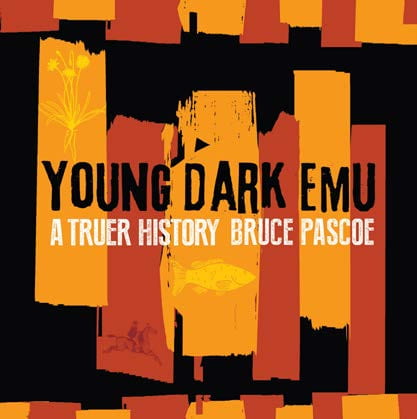
History
Publication dates for these books range from the earliest, The Aboriginal Children’s History of Australia by Aboriginal Children to the latest, Young Dark Emu: A Truer History. The collection of 19 books includes Aboriginal and non-Aboriginal creators working together and/or independently. A variety of publishers are presented including small (One Day Hill) and large (Allen & Unwin), longstanding (Magabala), mainstream (Walker Books), specialist (Omnibus and Little Hare), community-based (Kadjina Community) and educational (Era Publications and Board of Studies NSW).
This set of books reflects a range of styles and genres, with a concentration on stories which enable young people to experience the lives of others. Autobiographies such as Tucker and The Shack That Dad Built and biographies such as Albert: Albert Namatjira and the Hermannsburg Watercolour Artists, Amazing Australian Women: Twelve Women Who Shaped History, Old Tucker Man, Yinti, Desert Cowboy and Jandamarra enable young people to experience the lives and times of others.
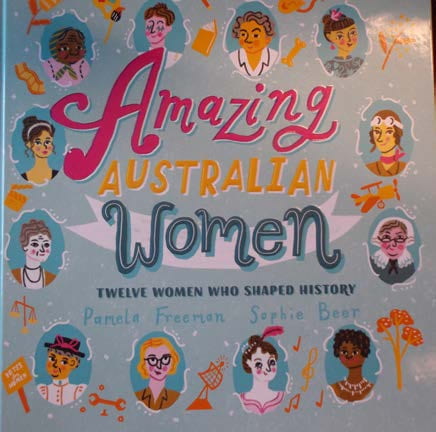
IDENTIFYING LANGUAGE AND PLACE
Several of the books in this collection identify a specific location and/or language spoken by those living in the area. For example, the language identified in Albert: Albert Namatjira and the Hermannsburg Watercolour Artists, is the Western Arrernte language (C8). The location for this story is (NT SF53-13). These alphanumeric codes are provided by AUSTLANG, developed by the Australian Institute of Aboriginal and Torres Strait Islander Studies (AIATSIS). AUSTLANG uses alphanumeric codes to identify both language and place. These relate to a map available from AIATSIS either in hard copy or through their website’s online map. The title Wulungarra Stories in Walmajarri and English identifies this story’s language as English, Walmajarri/Walmatjarri language (A66) (WA SE51-16) and its location as Western Australia (WA). Many of the 300-plus books in the Resource identify both location and language. To find other books relating to place and people, the subject filter includes these in an alphabetical list.
CHOOSING SUBJECTS
The Subjects search filter is a drop-down menu, which offers a simple way to find subjects of interest. Concentrating on the curriculum area studied in Year 6 HASS — History, several subjects are repeated in these 19 books, usually with different
emphases.
Below are just a few of the subjects included in this modest collection of 19 books: agriculture, aquaculture, biographies, children as artists, children as authors, colonisation, injustice, livestock, outlaws, Papunya (South Central NT), and Warlpiri people (C15) (NT SF52-04). Should a subject be of particular interest, other books with this same subject can be located through the Subject filter’s drop-down menu.
Sometimes the subjects are broad. For example, ‘Social life and customs’ is a broad subject listed for a few of the Year 6 HASS — History books.
Searching this subject throughout the entire Resource retrieves 28 books. This broader subject may retrieve a collection of books which a teacher or teacher librarian wishes to explore further.
Two other interesting subjects featuring in the Year 6 HASS — History curriculum books include: children as artists (31 books) and children as authors (30 books). These offer the possibility of retrieving books that feature children as creators. Considering Year 6 HASS — History curriculum, these books offer children as writers and illustrators along with their interpretations of history in such books as Papunya School Book of Country and History and The Aboriginal Children’s History of Australia.
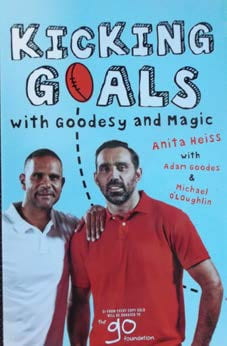
Young children are able to more easily understand history, time periods and adults’ life experiences by reading biographical works such as Kicking Goals with Goodsey and Magic and Pilawuk: When I Was Young. Autobiographical books serve a similar purpose with books such as Tucker and The Shack That Dad Built. Reading and studying these books enables young people to experience the lives of others in different times and places.
Invariably there are young people fascinated by the meaning of words, including those in different languages and details of specific environments. The HASS — History collection includes two examples. One is a dictionary of words and phrases, Nganga: Aboriginal and Torres Strait Islander Words and
Phrases and the second example is a picture book, Walking with the Seasons in Kakadu that identifies the Aboriginal seasons, plants and animals in this particular location. Another book, Wulungarra Stories in Walmajarri and English, is bilingual, with both Walmajarri and English featured along with 14 short stories about life in the Kadinina Community.

SEARCHING FOR HISTORICAL SUBJECTS
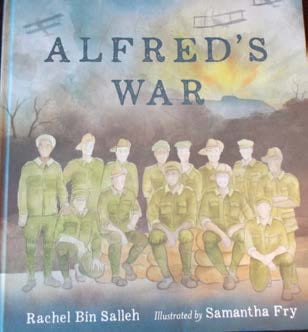
This particular Australian Curriculum code suggests historical events and documents will form the basis for some of the stories. These can be retrieved
through the Subjects drop-down menu. For example, words reflecting specific historical times and documents occur as subjects in this particular collection of books:
- Aboriginal Australian soldiers Alfred’s War
- Colonisation Old Tucker Man
- Wik Judgement My Place
- Stolen generation Nyuntu Ninti (What You Should Know) and Pilawuk: When I Was Young
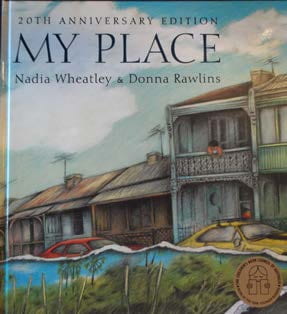
SEARCHING BY FREE TEXT
At the top of the web page, there is a long search bar. The words inside say Search by Title and Annotation. Entering words in this search bar will pick up words located anywhere in the books’ annotations. For example, words about artistic style and media, writing styles, and genres may appear in the annotation but not in the subjects. Checking the annotations of several of these books featuring Year 6 HASS — History curriculum, the following words can be retrieved in the Search by Title and Annotation: naïve style, maps, photographs, song, rhyme and allegory. This is a small sample, but it is an indication of wide-ranging topics available in the Resource. Topics such as these may capture the child’s imagination as well as extend the curriculum being studied.
EXPLORING TEACHING AND OTHER RESOURCES
Each book includes a range of external hyperlinks that offer teaching and other resources, usually four or more, to explore each book. These are extraordinarily diverse. These links explore different aspects of each book, enhance understanding of the content and, most importantly, many are highly engaging and can be used in the classroom or at home. Sources vary widely and include newspaper and magazine articles, YouTube, oral history, animations, artworks, musical presentations, dance, educational activities and other enriching experiences intended to extend the books in multiple ways. These reach children with different interests and abilities. Some of these resources are aimed at adults to inform them or for the adult to interpret for the child.
Listed below are some of the types of resources available.
- Interviews
- Musical and play productions
- Reviews
- Readings and performances of the books
- Biographical profiles
- Exhibitions
- Curriculum plans and activities
- Extension activities featuring art, music, dance, writing and other creative activities
- Films, videos and recordings
- Information, visual and written, about place and communities
- Historical documents
Take Bruce Pascoe’s Young Dark Emu as an example. The types of resources for this book include:
- a Guardian newspaper article outlining ways to use this book with young people;
- an ABC program featuring a digibook, with short clips prompting students to consider the relationship between Indigenous people and the land around them;
- a question and answer session with Bruce Pascoe; and
- a teachers’ guide featuring learning activities linked to the Australian Curriculum.
Resources such as these extend the book, inspire young people and encourage an inquiring mind.
SHARING RESOURCES
Teaching and learning is a collegial activity which involves sharing resources with friends and colleagues. The Resource is designed for sharing ‘favourites’. Located at the top right of each web page there is a Login/Register button. By completing the required details, you are then able to ‘choose’ books which are your ‘favourites’, compile these as a list and send them via a hyperlink to a friend or colleague who then can download these details. You can also share your favourites on the usual social media platforms. This sharing facility ensures that the Resource reaches people far and wide, easily and quickly.
CONCLUSION
Most importantly, these books offer stories by and about Aboriginal and/or Torres Strait Islander Peoples. Interweaving stories and history: these deepen our respect and understanding of each other.
The Resource is a database of children’s books aimed at young people from birth through 12 years of age. For this article, the curriculum area Year 6 HASS — History is used to demonstrate the rich potential of the Resource created by the NCACL. Exploring even this small collection of 19 books demonstrates that the Resource offers wide-ranging topics and stories, with the potential to reach children with various interests and abilities. There are innumerable types of stories, some told in Aboriginal languages, many located in specific communities, many written in different styles and illustrated with wide-ranging artistic media. The choice is wide. Most importantly, these books offer stories by and about Aboriginal and/or Torres Strait Islander Peoples. Interweaving stories and history: these deepen our respect and understanding of each other.
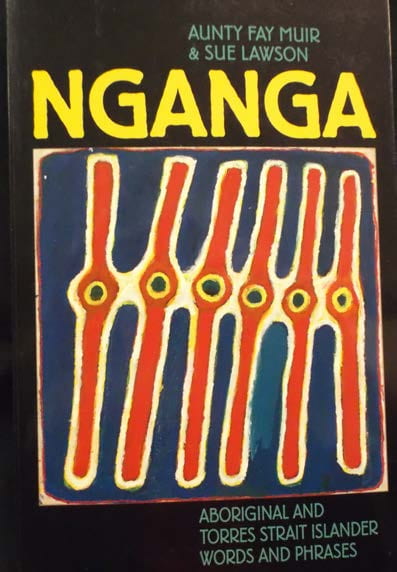
BIBLIOGRAPHY
Abdulla, Ian 2014, Tucker, Omnibus Books, Norwood, SA.
The Aboriginal Children’s History of Australia, 1977, Rigby in association with Island Heritage.
Austin, Debbie (as told to her by her uncle, Banjo Clarke), Old Tucker Man, One Day Hill, Camberwell East,
Vic.
Bin Salleh, Rachel 2018, Alfred’s War, illus Samantha Fry, Magabala Books, Broome, WA.
Brian, Janeen 1996, Pilawuk: When I Was Young, Era Publications, Flinders Park, SA.
Freeman, Pamela 2018, Amazing Australian Women: Twelve Women Who Shaped History, illus Sophie Beer, Lothian Children’s Books, Hachette Australia.
Greenwood, Mark 2013, Jandamara, illus Terry Denton, Allen & Unwin, Crows Nest, NSW.
Heiss, Anita, Goodes Adam & O’Loughlin Michael 2016, Kicking Goals with Goodesy and Magic, Piccolo Nero, Carlton, Vic.
Kamholtz, Damien 2006, Albert: Albert Namatjira and the Hermannsburg Watercolour Artists, illus by children, Openbook Australia, Adelaide, SA.
Laurel, Yangkana (Madeline) 1999, Wulungarra Stories in Walmajarri and English, Kadjina Community, Fitzroy Crossing, WA.
Lowe, Pat 2000, Yinti, Desert Cowboy, illus Jimmy Pike, Magabala Books, Broome, WA.
Lucas, Diane 2005, Walking with the Seasons in Kakadu, illus Ken Searle, Allen & Unwin, Crows Nest, NSW.
Muir, Aunty Joy & Lawson Sue 2018, Nganga: Aboriginal and Torres Strait Islander Words and Phrases, Black Dog Books/Walker Books Australia, Newtown, NSW.
Nawili, Rak & others, 1995, Rak Nawili, Board of Studies NSW, North Sydney, NSW.
Papunya School & Nadia Wheatley 2001, Papunya School Book of Country and History, illus Papunya School and Ken Searle, Allen & Unwin, Crows Nest, NSW.
Pascoe, Bruce 2019, Young Dark Emu: A Truer History, Magabala Books, Broome, WA.
Randall, Bob & Hogan Melanie 2011, Nyuntu Ninti (What You Should Know), ABC Books, Sydney, NSW.
Russell, Elaine 2004, The Shack That Dad Built, Little Hare Books, Surry Hills, NSW.
Wheatley, Nadia 2018, My Place, illus Donna Rawlins, Walker Books Australia, Newtown, NSW.
This article was first published in ACCESS, Vol. 34, No. 4, November 2020. Reproduced here with permission. ACCESS is the professional journal of the Australian School Library Association Inc. (ASLA).
